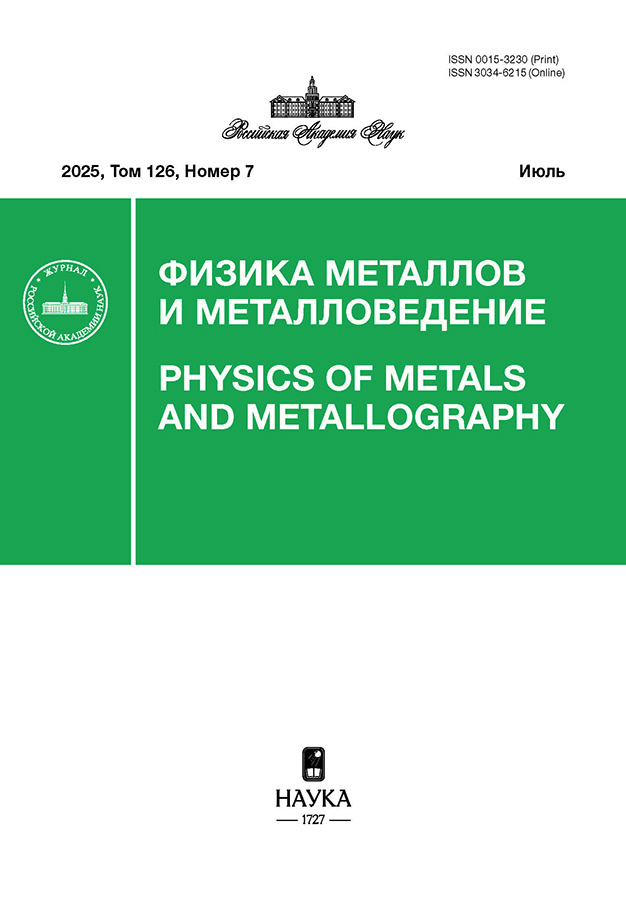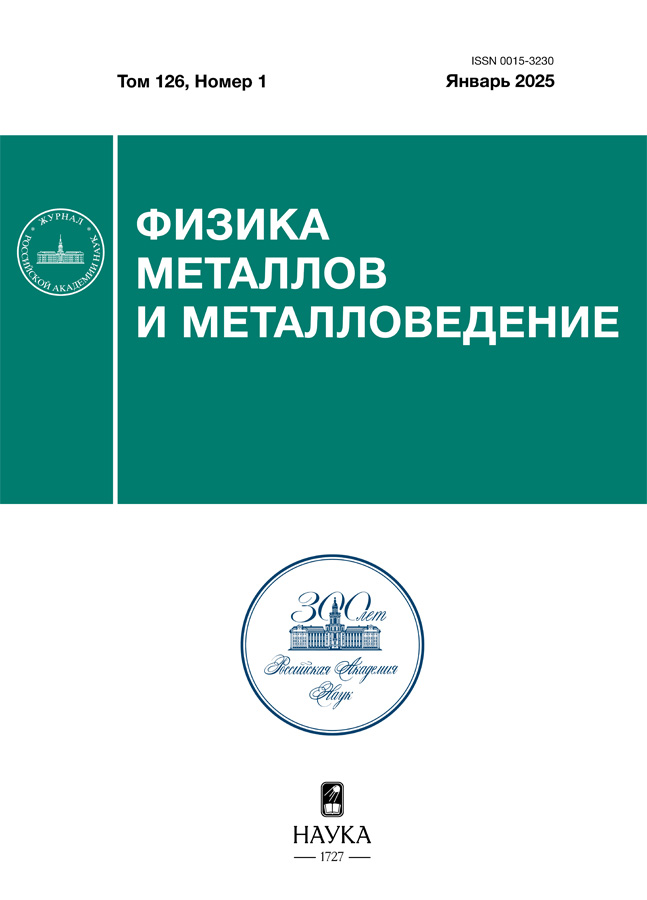The evolution of the microstructure of Cr16–Ni19 steel under irradiation in the low enrichment zone of a fast neutron reactor. The effect of neutron irradiation conditions on the structural and phase state
- Authors: Panchenko V.L.1, Portnykh I.A.1, Ustinov A.E.1
-
Affiliations:
- JSC “Institute of Nuclear Materials”
- Issue: Vol 126, No 1 (2025)
- Pages: 110-122
- Section: ПРОЧНОСТЬ И ПЛАСТИЧНОСТЬ
- URL: https://edgccjournal.org/0015-3230/article/view/683883
- DOI: https://doi.org/10.31857/S0015323025010119
- EDN: https://elibrary.ru/BZLOXP
- ID: 683883
Cite item
Abstract
Microstructural studies of samples made from various sections of fuel element shells were carried out after irradiation in the low enrichment zone of a fast neutron reactor with a sodium coolant to damaging doses of over 100 dpa. At different sites, the rate of generation of atomic displacements varied from 0.5×10–8 to 1.6×10–6 dpa/s, the irradiation temperature ranged from 370 to 630°C. The structural and phase state of the shell samples is investigated, the evolution of the composition and morphology of the secretions of the second phases and the austenitic matrix is shown.
Full Text
About the authors
V. L. Panchenko
JSC “Institute of Nuclear Materials”
Author for correspondence.
Email: panchenko_vl@irmatom.ru
Russian Federation, Zarechny, Sverdlovsk region, 624250
I. A. Portnykh
JSC “Institute of Nuclear Materials”
Email: panchenko_vl@irmatom.ru
Russian Federation, Zarechny, Sverdlovsk region, 624250
A. E. Ustinov
JSC “Institute of Nuclear Materials”
Email: panchenko_vl@irmatom.ru
Russian Federation, Zarechny, Sverdlovsk region, 624250
References
- Поролло С.И., Конобеев Ю.В., Шулепин С.В. Анализ поведения оболочек твэлов БН-600 из стали 0Х16Н15М3БР при высоком выгорании топлива // Атомная энергия. 2009. Т. 106. № 4. С. 188–194.
- Целищев А.В., Агеев В.С., Буданов Ю.П., Иолтуховский А.Г., Митрофанова Н.М., Леонтьева-Смирнова М.В., Шкабура И.А., Забудько Л.М., Козлов А.В., Мальцев В.В., Повстянко А.В. Разработка конструкционной стали для твэлов и ТВС быстрых натриевых реакторов // Атомная энергия. 2010. Т. 108. № 4. С. 217–221.
- Митрофанова Н.М., Чурюмова Т.А. Сталь ЭК164 – конструкционный материал оболочек твэлов реакторов БН // ВАНТ. 2019. № 2(98). С. 100–109.
- Портных И.А., Панченко В.Л. Характеристики радиационной пористости и структурно-фазового состояния реакторной аустенитной стали 07С–16Cr–19Mo–2Мо–2Mn–Ti–Si–V–P–B после нейтронного облучения при температурах 440–600С до повреждающих доз 36–94 сна // ФММ. 2016. Т. 117. № 6. С. 632–644.
- Yakoubovsky K., Mitsuishi K., Nakayama Y., Furuya K. Thickness measurements with electron energy loss spectroscopy // Microsc. Res. Tech. 2008. V. 71. № 8. P. 626–631.
- Zhang H.-R., Egerton R.F., Malac M. Local thickness measurement through scattering contrast and electron energy-loss spectroscopy // Micron. 2012. V. 43. № 1. P. 8–15.
- Hamada S., Suzuki M., Maziasz P.J., Hishinuma A., and Tanaka M.P. The Microstructural Evolution and Swelling Behavior of Type 316 Stainless Steel Irradiated in HFIR // Effects of Radiation on Materials: 14th International Symposium. Volume 1/ ASTM STP 1046. N.H. Packan, R.E. Stoller, and A.S. Kumar Eds. American Society for Testing and Materials. Philadelphia. 1989. P. 172–184.
- Морозова Г.И. Феномен γ΄-фазы в жаропрочных никелевых сплавах // ДАН. СССР. 1992. Т. 325. № 6. С. 1193–1197.
- Белов Н.В. Структура ионных кристаллов и металлических фаз. М.: Из-во АНСССР, 1947. 237 с.
- http://iprc2010.niiar.ru/sites/default/files/safety20/43_churyumova_t.a._russkiy_niiar.ppt. http://vniinm.ru/materialy-konferentsiy/молодежная конференция 2021/09. Чурюмова Т.А. (АО ВНИИНМ) 23.06.2021.pdf
Supplementary files




























